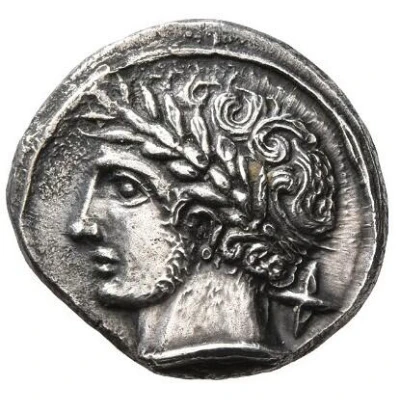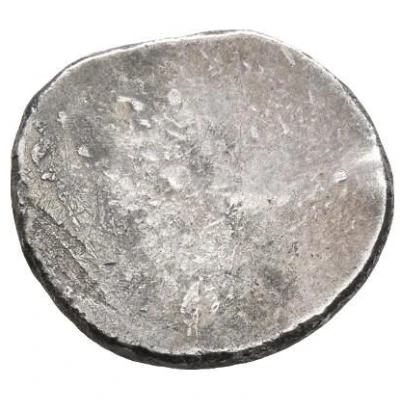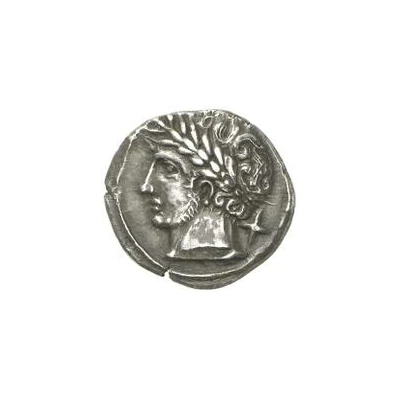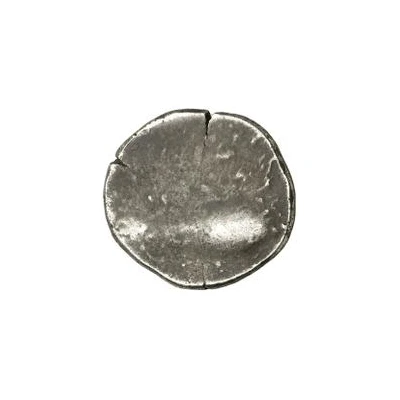


© Leu Numismatik
Silver 10 Asses Apulu series II: facing left; blank 301 BC - 206 BC
| Silver | 4.18 g | 18 mm |
| Issuer | Populonia (Etruria) |
|---|---|
| Type | Standard circulation coin |
| Years | 301 BC - 206 BC |
| Value | 10 Asses |
| Currency | As (circa 475-201 BC) |
| Composition | Silver |
| Weight | 4.18 g |
| Diameter | 18 mm |
| Shape | Round (irregular) |
| Technique | Hammered |
| Demonetized | Yes |
| Updated | 2024-10-09 |
| Numista | N#152046 |
|---|---|
| Rarity index | 100% |
Reverse
Blank (uniface).
Edge
Plain
Comment
There has been much controversy on dating Populonian coins, and as such, the date ranges my vary per source.The second Apulu series was struck using Populonia's fourth silver standard, which is equal to the third silver standard except with the weights of all denomination being halved.
Interesting fact
The Silver 10 Asses coin from Populonia (Etruria) was used as a form of currency in ancient Rome and was equivalent to 10 asses, which was a unit of weight and value. The coin features a blank reverse side, which was a common feature of ancient coins. The use of a blank reverse side was likely a way to save time and resources during the minting process, as it eliminated the need to create a separate design for the reverse side. Despite its simplicity, the coin remains a valuable piece of history and a fascinating artifact for collectors and historians.

